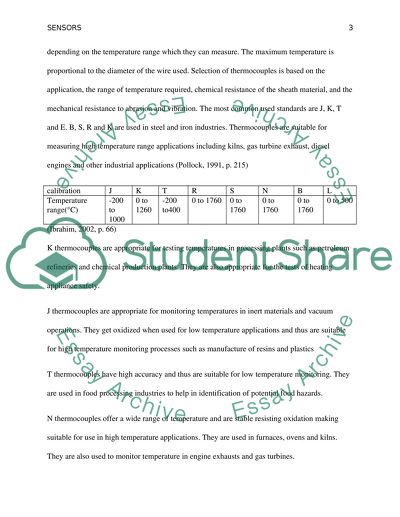Cite this document
(Beaded Wire Thermocouple Assignment Example | Topics and Well Written Essays - 2500 words, n.d.)
Beaded Wire Thermocouple Assignment Example | Topics and Well Written Essays - 2500 words. Retrieved from https://studentshare.org/physics/1636627-sensors
Beaded Wire Thermocouple Assignment Example | Topics and Well Written Essays - 2500 words. Retrieved from https://studentshare.org/physics/1636627-sensors
(Beaded Wire Thermocouple Assignment Example | Topics and Well Written Essays - 2500 Words)
Beaded Wire Thermocouple Assignment Example | Topics and Well Written Essays - 2500 Words. https://studentshare.org/physics/1636627-sensors.
Beaded Wire Thermocouple Assignment Example | Topics and Well Written Essays - 2500 Words. https://studentshare.org/physics/1636627-sensors.
“Beaded Wire Thermocouple Assignment Example | Topics and Well Written Essays - 2500 Words”, n.d. https://studentshare.org/physics/1636627-sensors.


